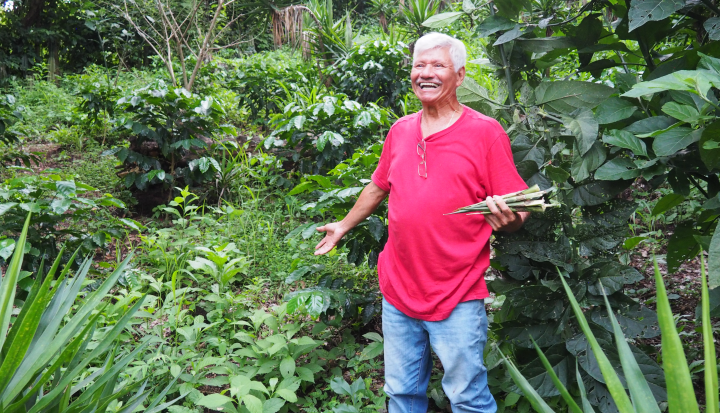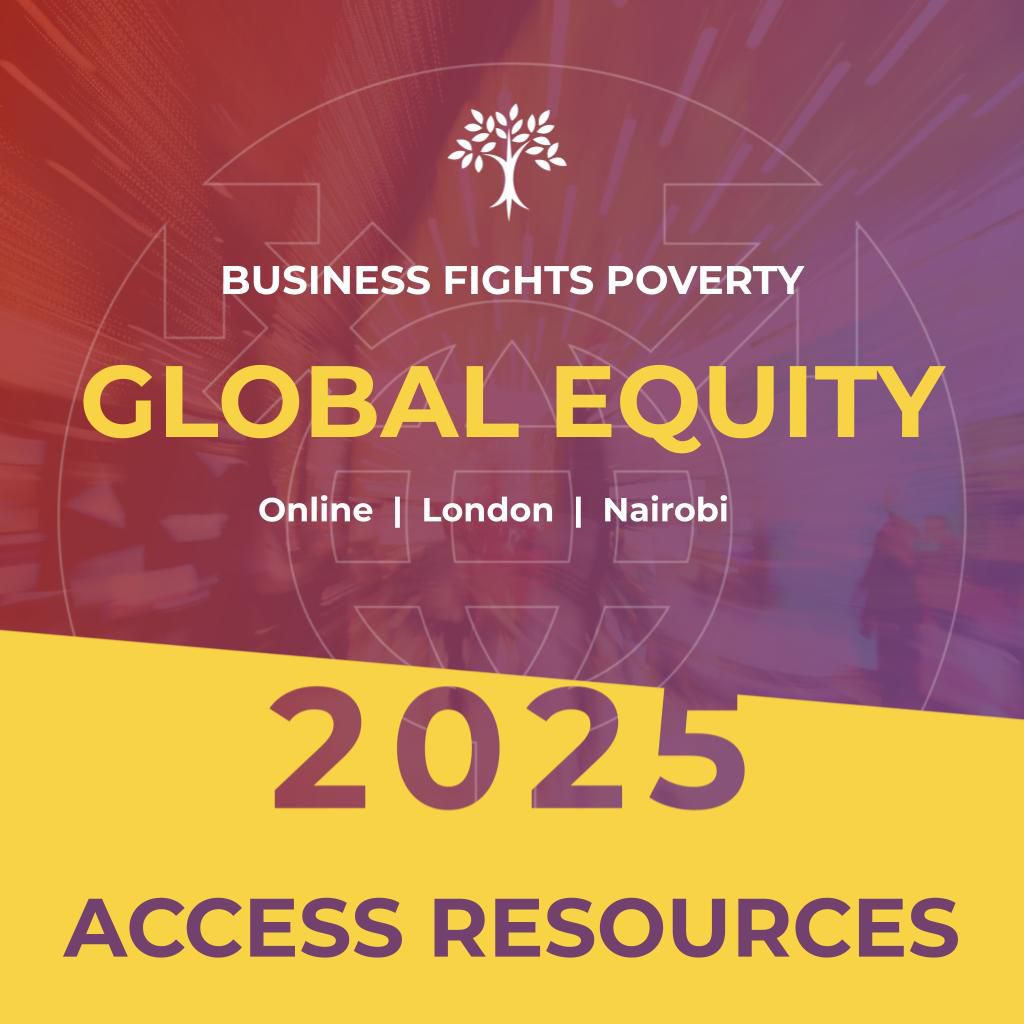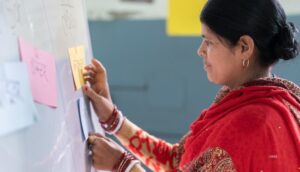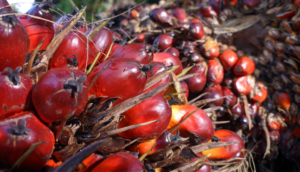For Benjamín Alas, climate change is not a distant threat – it’s a daily reality. While leaders from government, the private sector, and civil society gathered at the COP29 climate conference in Baku, Azerbaijan, to discuss strategies for promoting regenerative agriculture, Benjamín was busy putting these vital practices into action. As we participated in panels and meetings, he worked on his coffee farm in El Salvador, applying organic biofertilizers to his soil and nurturing his shade trees.
Farmers like Benjamín are at the heart of the movement to develop regenerative agriculture and food systems; yet too often, their needs are sidelined in global discussions. As we turn our attention from COP29 to the milestone COP30 in Brazil next year, we must ensure that these conversations center on the needs of farmers.
To achieve this, we need to focus on five critical actions:
1. Invest in Regenerative Smallholder Farms
At COP29 – and COP28 before it – much of the discussion centered on the difficult topic of climate finance. The Loss and Damage Fund is established, and governments are making significant commitments to renewable energy.
But significant divisions remain, with developing nations calling the $300 billion New Collective Quantified Goal on Climate Finance negotiated at COP29 a “paltry sum” relative to the scale of the problem.
Agriculture – especially smallholder farming – remains critically underfunded. Recent analysis by the Global Alliance for the Future of Food found that public climate finance allocated to food systems fell from 3% in 2017-2020 to just 2.5% in 2021-2022. Meanwhile, the Climate Policy Initiative reports that small-scale agrifood systems receive less than 1% of all climate financing. As a result, many proven solutions in emerging markets often go unfunded.
When these farmers do receive investment, however, the changes can be transformative. Benjamín, for instance, learned the regenerative agriculture techniques he uses today through the Maximizing Opportunities in Coffee and Cocoa in the America (MOCCA) project, a unique collaboration between the U.S. Department of Agriculture and many of the world’s leading coffee companies. By leveraging public and private funding, MOCCA has trained more than 120,000 coffee and cocoa farmers and brought over 100,000 hectares under more sustainable management.
2. Integrate Climate, Nature, and Land
For farmers like Benjamín, the challenges and opportunities related to climate, nature, and land are deeply interconnected. Practices that improve soil health can simultaneously combat erosion, boost biodiversity, sequester carbon, and enhance crop yields and resilience.
Yet, these issues are often addressed by governments in silos across three separate COPs: climate, biodiversity, and desertification. Typically, companies have also divided risk-management and investment along similar lines, though this is starting to change.
By bringing these actors and issues together, we can uncover synergies, build a stronger business case for investment, and accelerate action that benefits not just farmers, but local communities and nature itself.
Initiatives like the Action Agenda on Regenerative Landscapes, launched at COP28 and supported by more than two dozen private-sector companies, show some early promise in driving this integrated approach. Collectively, these companies are working to support four million farmers, transform 280 million hectares in 100 countries.
3. Make Livelihoods the Foundation to Change
Smallholders are critical to the regenerative transition, but this transformation cannot come at the expense of their livelihoods. Too often, policies are designed or implemented in ways that undermine farmers’ incomes.
For example, the European Union’s initial rollout of the Deforestation Regulation (EUDR) risked leaving millions of smallholders without market access due to insufficient systems for compliance. Fortunately, the European Commission wisely delayed enforcement to address these challenges, a decision TechnoServe supported.
Placing the financial burden and risk of the regenerative transition on smallholders is not only unjust but also ineffective. Practices are only environmentally sustainable when they are financially sustainable.
By adopting a farmer-centric approach, we can create solutions that simultaneously support smallholder livelihoods and advance climate-change mitigation and adaptation. With the right systems in place, regulations like the EUDR can promote unprecedented value chain transparency, benefiting farmers through improved market access, better information, and enhanced services.
4. Give Farmers a Real Voice
To implement these actions effectively, farmers must have a seat at the table. Logistical barriers and the high cost of participation mean that smallholder farmers—particularly those from emerging markets—are vastly underrepresented at climate conferences.
To create partnerships and initiatives that truly address farmers’ needs, farmers’ perspectives must be included in the decision-making process. Representation is not just a matter of fairness – it is essential for creating actionable and effective solutions.
Inclusion means the UN-led COP Presidency must work for climate justice through the inclusive participation of civil society, and not for the benefit of fossil fuel expansion and geopolitical gain – as important leaders in our community have voiced.
5. Shift the Mindset to Optimism
Finally, while political challenges and grim climate news can feel discouraging, we must resist the pull of defeatism. Instead, we need to amplify and build upon positive developments. Every fraction of a degree of climate change averted or reversed makes a difference – for farmers and for the planet. Optimism paired with action is key to maintaining momentum.
“It’s Not Game Over—It’s Game On!” was the rallying cry from businesses at COP29, and it resonates strongly.
If we can deliver on these five priorities, COP30 has the potential to drive meaningful change, giving our food system a better future.
To make that a reality, like Benjamín, we must roll up our sleeves and keep working.
This article is part of our Climate Justice Series 2024. Explore our Climate Justice Community Forum Insights paper and discover other insightful articles and podcasts from our global community, published during COP29.
